Solvent Recovery as Green Process Application
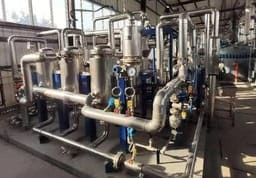
Solvent recovery is essential in achieving the goal of sustainable processing and green chemistry since the pharmaceutical industry uses solvents quite frequently. It is a method of recovering valuable materials from waste solvents or by-product extracted solutions during industrial process manufacturing.
The waste solvent treatment makes up one of the largest cost concerns in the chemical and pharmaceutical industries. Utilizing these recovered chemicals dramatically decrease the requirement for additional solvents, while also reducing the amount of waste produced. As a result, pollution and operational cost are minimized.
8 Steps for A Purification Process for Natural Ingredient-for Large Scale Industrial Production
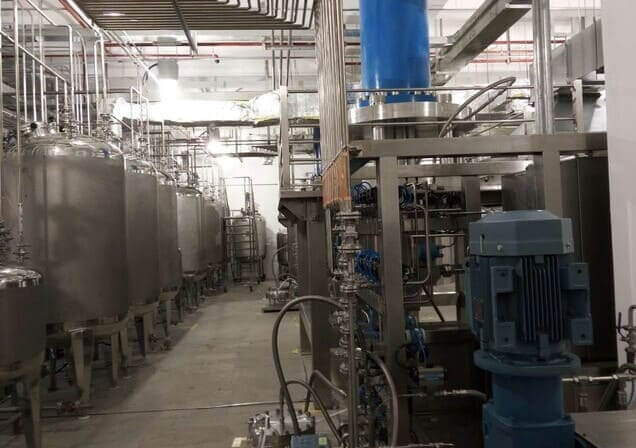
A complete solution for purification and separation is required to further isolate and get high-quality, purified components, which meet the standard application in pharma, food nutrients, and cosmetic sectors.
The purification process of active pharmaceutical ingredients (APIs) is a complex and critical operation that requires a comprehensive solution. The rest of this article will take you to look into the 8 key typical steps that are particularly used for a complete purification process of natural ingredients on a large industrial production line.
Purification Solution for Highly Concentrated Omega-3 PUFA
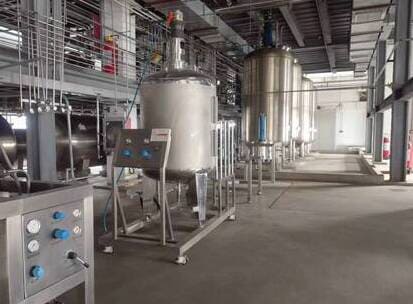
This article presents a complete process guaranteed solution for purifying Omega-3 fatty acids to achieve a concentration above 97%, ensuring a high purity product for consumers.
The Basic Condition for Pervaporation Membrane Separation
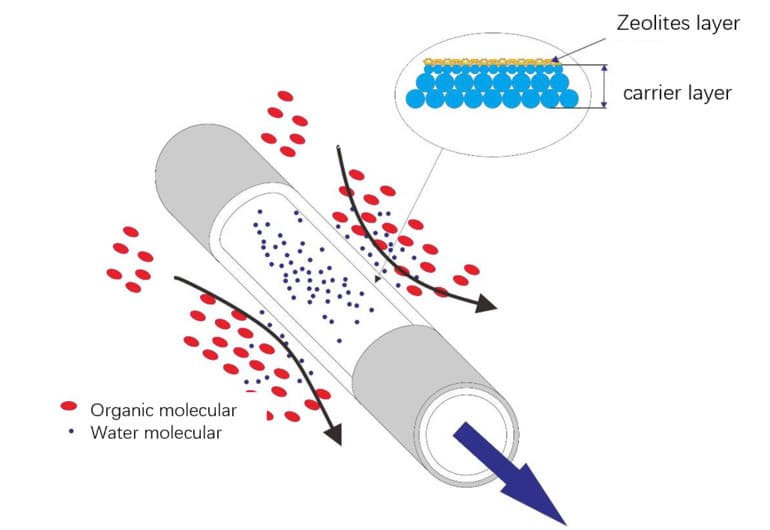
Pervaporation is a new technology of membrane separation and removal of water from industrial solvents.
Compared with distillation or rectification or other traditional separation technologies, pervaporation has outstanding advantages of high efficiency, low consumption, high recovery, convenient operation, safety, and environmental protection features, etc.
What is Pervaporation Membrane Technology
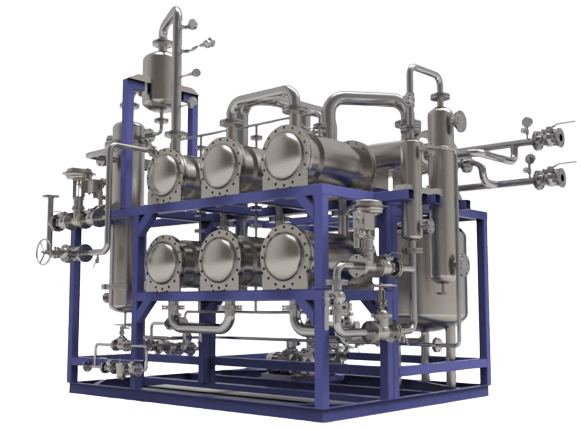
Pervaporation is derived from two energy-efficient processes: permeation and evaporation. It achieves continuous separation of the permeable component on the properties of different dissolution and diffusion rates in the membrane module.
The process is especially suitable for the separation of near-boiling point, constant-boiling point mixtures, isomeric substrates, and compounds with poor thermal stability that are difficult or impossible to separate by the ordinary process of distillation, extraction, or adsorption.
It has obvious economic and technical advantages for the removal of trace water from organic solvents and mixed solvents, and for the separation of small amounts of organic pollutants in wastewater.
Compared with the traditional solvent recovery process, PV has outstanding features of high efficiency, low energy consumption, high recovery, convenient operation, safety, environment friendly, etc.
what kind of membrane is suitable for solvent dehydration

We take the inorganic permeation vaporization membrane as the key developing direction by combining the characteristics of the permeation vaporization process with the requirements of customers.
Difference Between Permeate Vaporization and Vapor Permeation Process Applications In Molecular Sieve Membrane Dehydration
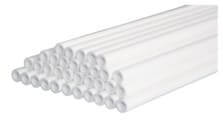
The process is made to measure for your process demand, and Greatwall Process and Control provides the most suitable membrane separation technology for you.
Application of NaA Zeolite Membrane Dehydration Equipment

The NaA zeolite membrane dehydration equipment is specially designed for various solvents dehydration and concentration.
How to Produce Anhydrous Ethanol with a Minimum 99.5% Purity

Producing anhydrous ethanol with a minimum 99.5% alcohol concentration is a complex process that requires careful attention to detail. Raw material selection, pre-treatment, fermentation, distillation, dehydration, and quality control are all crucial stages in the production process. By following these steps, producers can ensure to produce high-quality anhydrous ethanol that meets the required purity standards.
China is now the third largest producer and applicant of biofuel ethanol in the world following Brazil and the United States. The keys to determine the future prospects of high purity ethanol production are manufacturing cost and process technology, especially the cost of ethanol preparation and high purity separation.
Currently, the most efficient technology in this respect is the molecular sieve membrane permeation vaporization ethanol-water separation technology, which has a bright market prospect with hundreds of millions of dollars of market demand every year.
Pervaporation Membrane Dehydration Technology
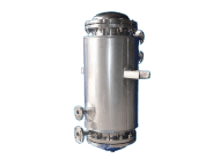
Pervaporation molecular sieve membrane is a layer of uniform molecular sieve crystal synthesized on a ceramic carrier. A molecular sieve has regular pore structure, which utilize the principle of screening for the separation of substances of different molecular size.
